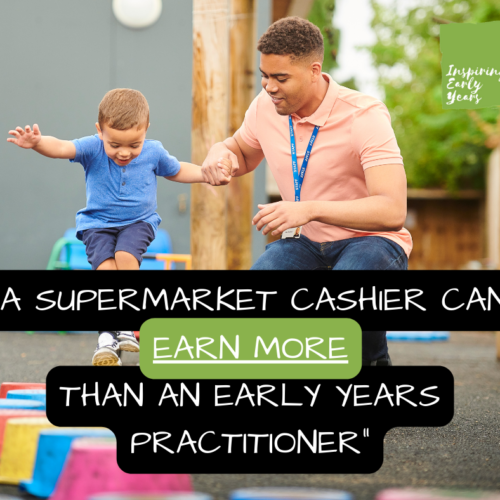As early years practitioners, we play a crucial role in supporting language development in toddlers, and the environment we create can significantly impact this process. A rich, engaging environment can foster communication skills, stimulate learning, and promote language development. Here are some strategies to create such an environment.
Stimulating Conversation
Facilitating conversation is one of the most important aspects of language development. Encourage toddlers to engage in conversations, no matter how simple. Use open-ended questions to stimulate their thinking and extend their vocabulary. For example, rather than asking ‘Did you like the story?’, ask ‘What was your favourite part of the story and why?’
Using Multisensory Experiences
Multisensory experiences can enhance language development. Incorporate activities that involve sight, hearing, touch, smell, and taste. This could include sensory play, such as finger painting, or exploring different textures and shapes. Link words and phrases to these experiences to enrich their understanding.
Creating a Print-Rich Environment
Surround toddlers with written words and pictures. Label items around the room, display books at their eye level, and use visual aids to support understanding. This fosters an early interest in reading and writing, and aids in their recognition of letters and words.
The Importance of Play
Play is a natural way for toddlers to learn. Encourage imaginative play and role-play scenarios. This helps them to experiment with language and learn new words and phrases within context. Providing props and costumes can spark their creativity and encourage communication.
Regular Reading
Regular reading is crucial for language development. Read a variety of books and make this a fun, interactive experience. Ask questions about the story, discuss the pictures and encourage toddlers to join in with repetitive phrases. This not only enhances their listening skills but also their speaking and comprehension skills.
Positive Reinforcement
Always praise toddlers for their efforts in communication, no matter how small. This boosts their confidence and encourages them to try again. Repeat what they say and extend their sentences, this models correct language use and expands their vocabulary.
Role of Adults
As practitioners, our role is pivotal. We need to model good language use, listen carefully, and respond positively. Our interaction should be warm and genuine, showing interest in what toddlers say and do.
In conclusion, creating a rich environment for language development involves a combination of stimulating conversation, multisensory experiences, a print-rich environment, play, regular reading, positive reinforcement, and the role of adults. Remember, every toddler is unique and will develop at their own pace. Meeting them at their level and moving forward together can make the journey of language development an exciting and rewarding one.


